Species Profile: The Angelshark
The once abundant Angelshark is now listed as critically endangered. Overfishing has resulted in a loss of over 80% of its population.
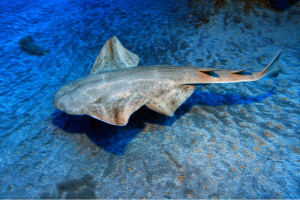
The Angelshark is a flat-bodied shark with wide, wing-like fins hence the name ‘angel.’ It pretty much looks like a ray.
Angelsharks belong to the shark family Squatinidae (commonly called angel sharks), and are known for their almost perfect camouflage and ambush skills. They hide in sand and mud leaving only their eyes and a bit of their heads exposed.
This species has a blunt snout, broad and stout body, enlarged pectoral and pelvic fins, and conical barbels. In adults, the body is colored gray or brown with a pattern of multiple light and dark markings giving it a near-perfect blend with rocks and other objects on the seabed.
The Angelshark was once plentiful in the waters of the northeastern Atlantic but unfortunately, this is no longer the case as the Angelshark is frequently caught for food.
1) Scientific Name
Squatina squatina
2) Scientific Classification:
- Kingdom: Animalia
- Phylum: Chordata
- Class: Chondrichthyes
- Order: Squatiniformes
- Family: Squatinidae
- Genus: Squatina
3) Life Expectancy
About 25 to 35 years.
4) Average/Maximum Length
The Angelshark is one of the largest species in the angel shark family. Females typically grow up to 2.4 meters (7.9 feet) long. Males 1.8 meters (5.9 feet).
5) Average/Maximum Weight
The maximum reported weight so far for this species is 80 kg. (180 lbs.)
6) Maximum swimming speed
They aren’t fast swimmers but they exhibit surprising and quick bursts of speed when a prey wanders close to their hiding spot.
7) Danger To Humans
Under normal circumstances, the Angelshark poses little danger to humans. Few divers that have met it in the water report that it usually stays perfectly still or swims away from people. However, when provoked or disturbed, it will bite quickly and severely.
Fishery workers who encounter the Angelshark would be well advised to thread with caution if they encounter this species. This is because of reports as far back as 1776 where Thomas Pennant reported a case of a fisherman whose leg was “terribly torn” by an Angelshark caught in his net.
8) Reproduction Details
This species produces its young by aplacental viviparous reproduction once every two years. The eggs hatch inside the mother’s body and receive nutrition through a yolk sac until birth.
Female Angelsharks have two working ovaries and a gestation period of about 8 to 10 months. The birthing period happens from December to February for the very few ones dwelling in the Mediterranean. Those dwelling off England give birth in July.
A litter will typically contain up to 25 pups or as few as 7 pups though that largely depends on the size of the mother. Newborn pups measure from 24 to 30 cm (9.4 to 11.8 inches) long.
Males attain sexual maturity at 0.8 to 1.3 meters (2.6 to 4.3 feet) and females at 1.3 to 1.7 meters (4.3 to 5.6 feet).
9) Diet/Hunting Pattern Of The Angelshark
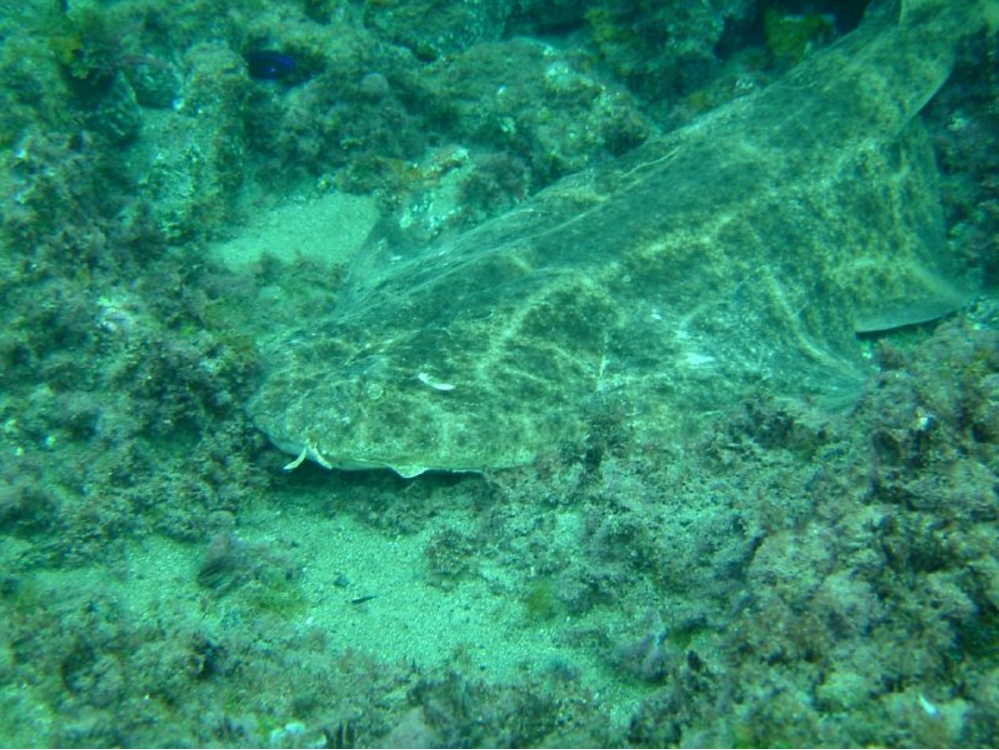
The angel shark family are nocturnal ambush predators and the Angelshark species is no different.
Angelsharks have small, sharp dentition arranged in trap-like jaws. It spends its days almost perfectly hidden in sediment and patiently waits for passing prey. Its preferred diet includes benthic bony fish, flat fish, skates, invertebrates, and even occasional sea birds.
10) Alternative names
- Monk fish
- Angel fiddle fish
- Angel ray
- Monk
11) Population And Conservation Status
As mentioned before, their population used to be abundant in their original habitats in places like the coasts of Western Europe, the British Isles, the Iberian Peninsula and the Mediterranean. Sadly, that is no more the case.
Humans have hunted this particular shark for centuries.
Consequently, no Angelshark has been seen in the Northeast Atlantic since 1998. It is assumed that there are fewer than one dozen Angelsharks left in Irish waters.
Even ancient Greek authors referred to its meat as “light” and “easily digestible.” The use of its meat continued into modern times and escalated towards the mid-20th century. Its rough skin was popular among craftsmen for the polishing of wood and ivory items. As a result of this relentless commercial fishing, the IUCN says that this species has lost at least 80 percent of its population!
Also, it’s frequently caught as bycatch.
The Angelshark is now completely extinct or nearly extinct in most of its native northern range. The fact that it produces young only once every two years means the recovery rate for this species is close to nil.
Due to all these adverse conditions, the IUCN has listed this species as Critically Endangered and it is now a protected species in some regions, e.g. England and Wales.
12) Ancestry And History
Its scientific name squatina is Latin, derived from the word for skate. Phylogenetic studies show that the sawback angelshark (Squatina aculeate) is a sister species to the Angelshark. These two species have a common ancestry with several Asian Angelshark species.
13) Distribution And Habitat
Previously, it was abundant in the temperate waters of areas in the northeastern Atlantic. Places like Norway, Sweden, on to the Canary Islands, and areas around the British Isles and the Mediterranean and Black Seas.
Presently, it is hardly sighted in those areas any more.
In the few places it’s still found, it lives in the continental shelf, in soft substrates like mud or sand. In coastal waters, it swims at about 150 meters (490 feet) deep.
Northern Angelshark groups tend to migrate northward in summer months and southward in wintertime. Groups of up to 100 individuals have been seen off Gran Canaria in summertime.
Though sightings of the Angelshark remain few and very far between, there are efforts to intervene in the steady decline of this shark. One of such is the captive breeding initiative at Deep Sea World, North Queensferry. Some countries are also pushing for better protection of Angelsharks.
Hopefully, all these efforts will not be too little, too late.

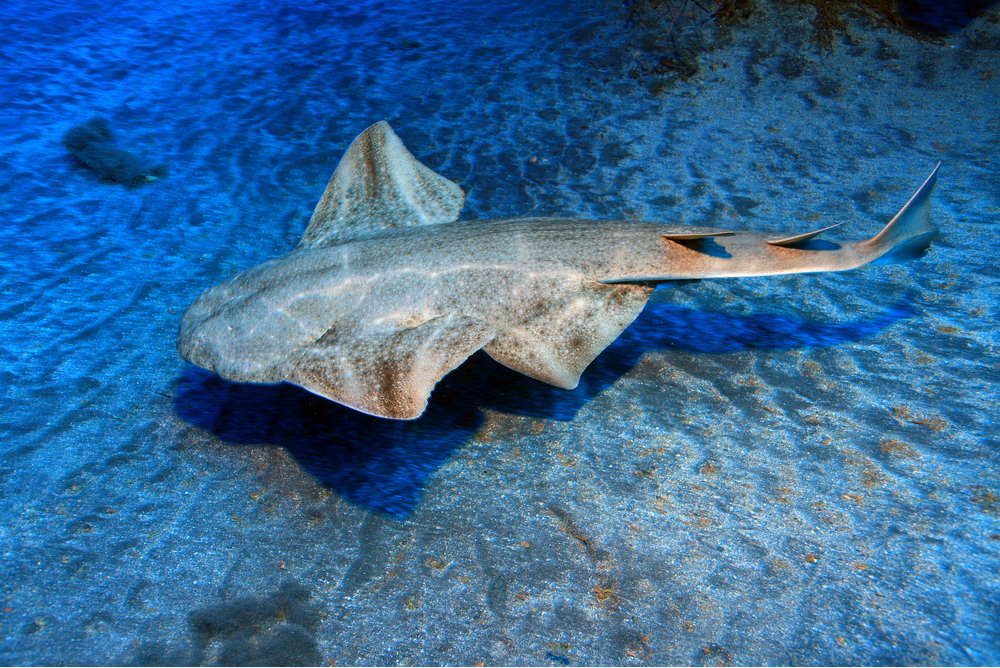
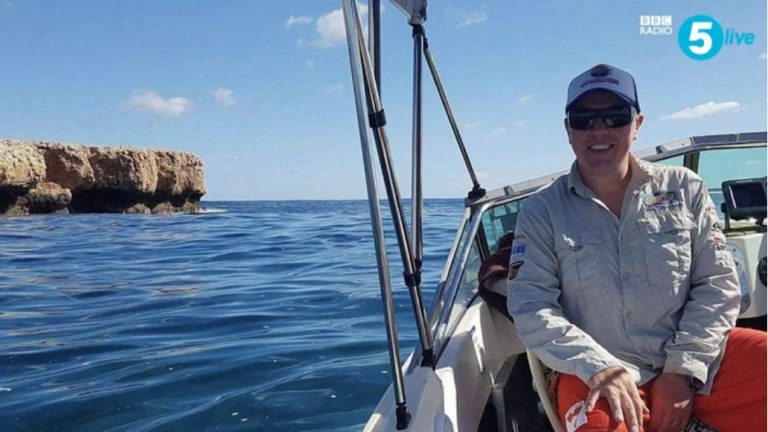
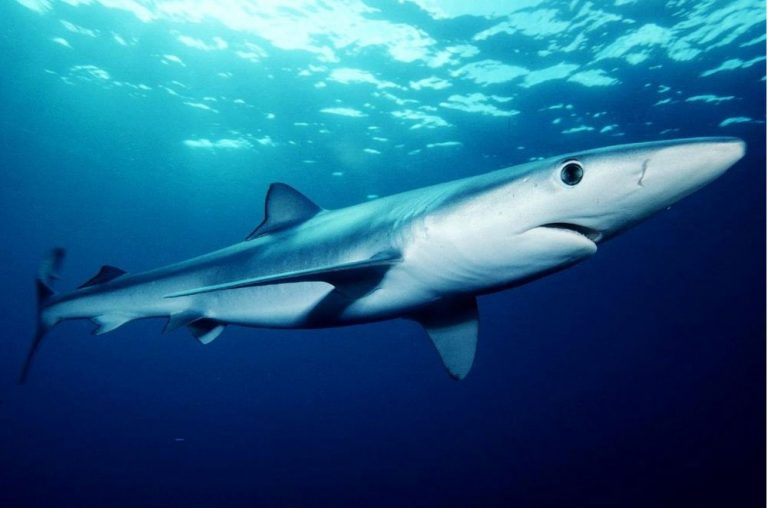
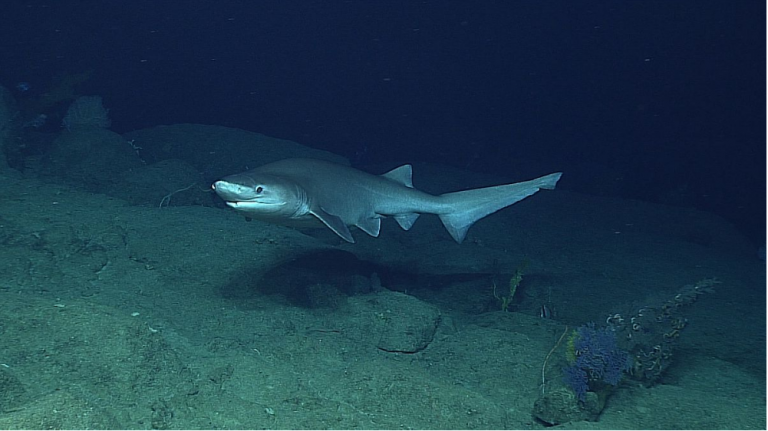
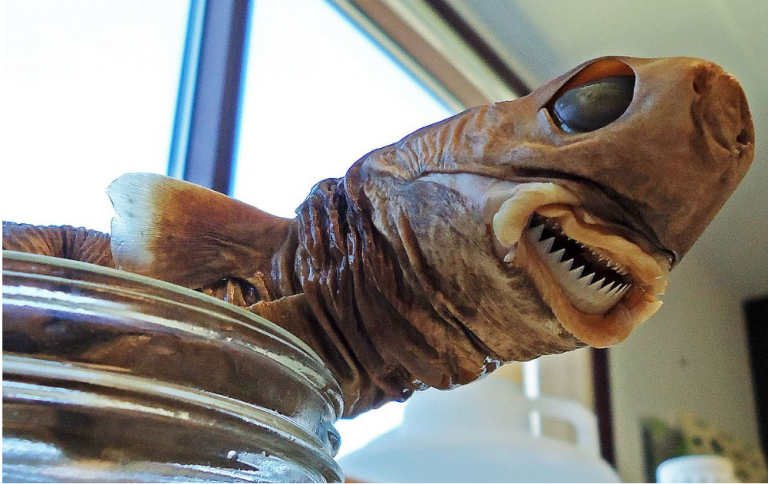
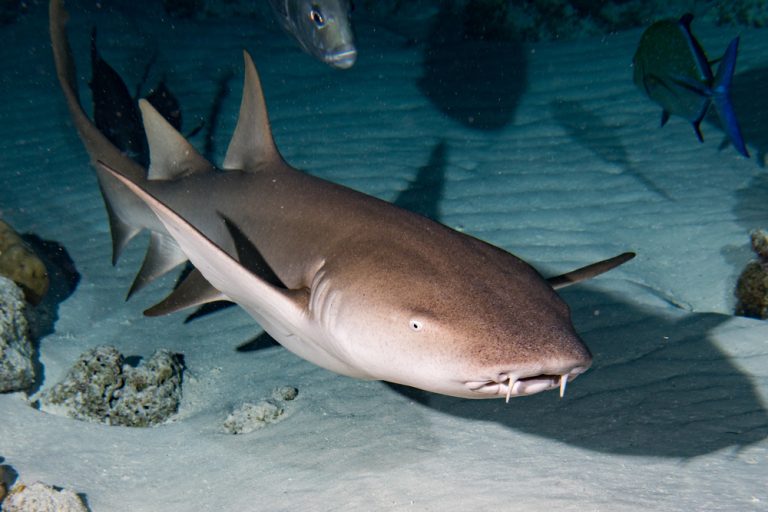
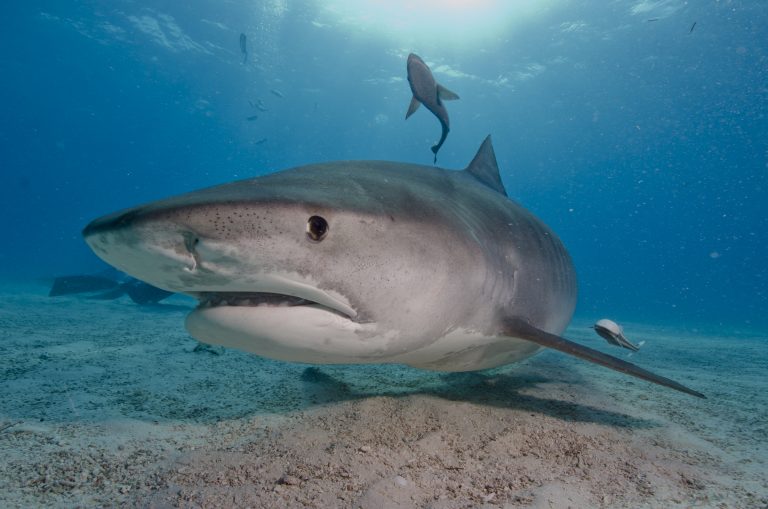
It’s heartbreaking to learn that this shark may become extinct soon.